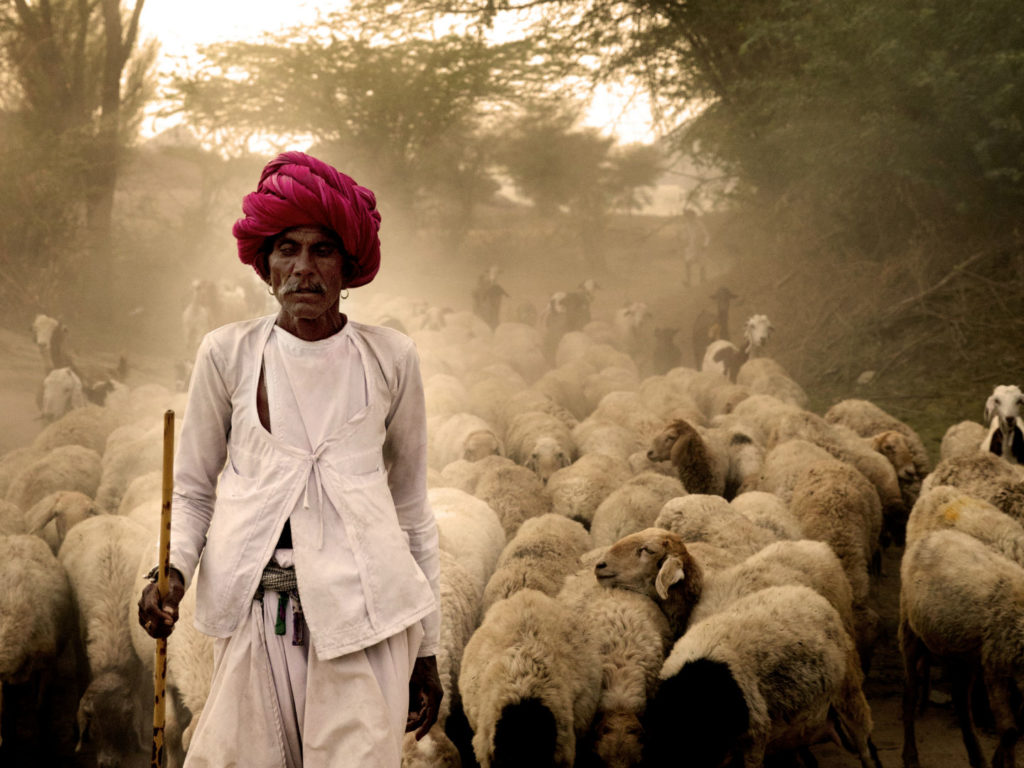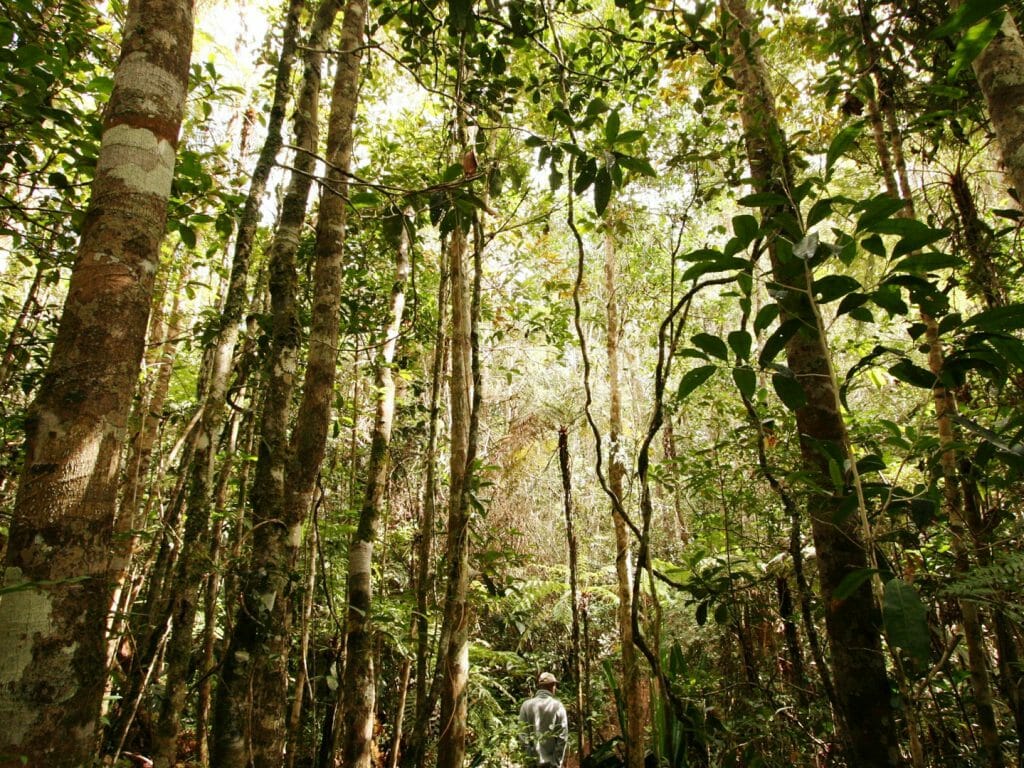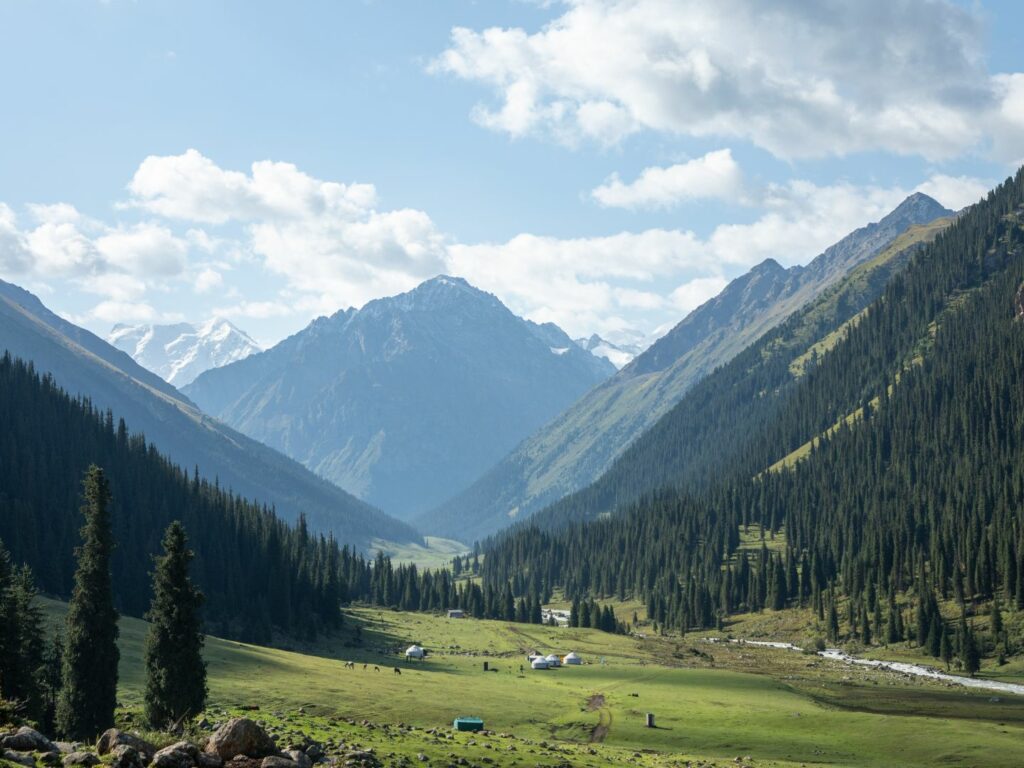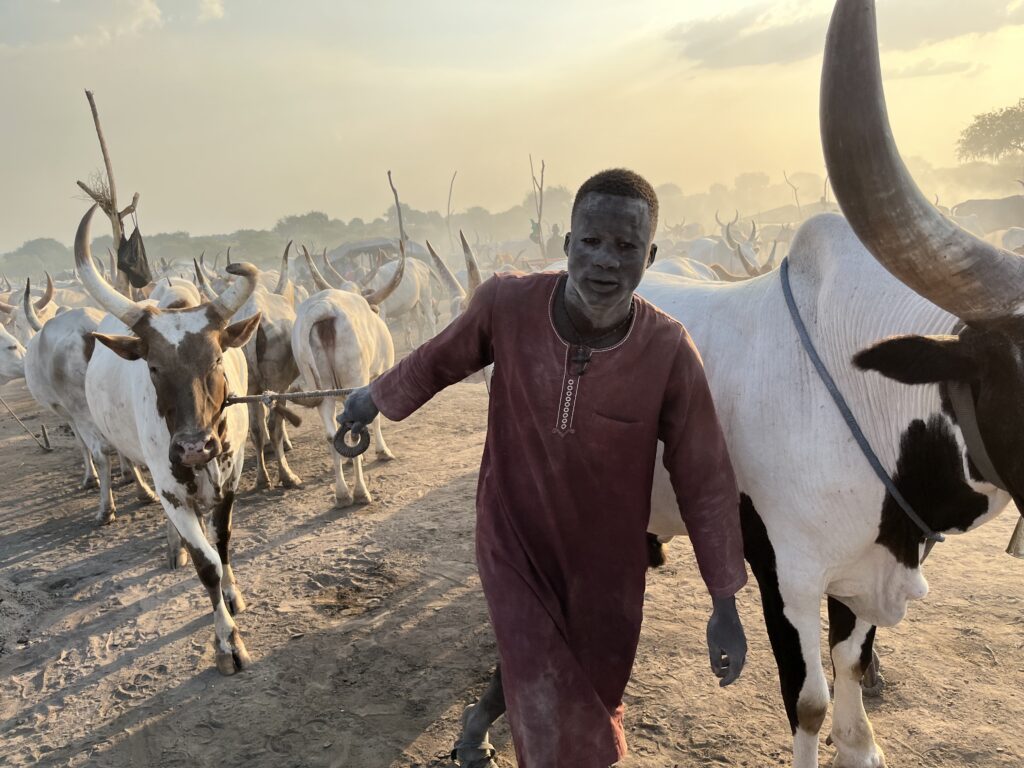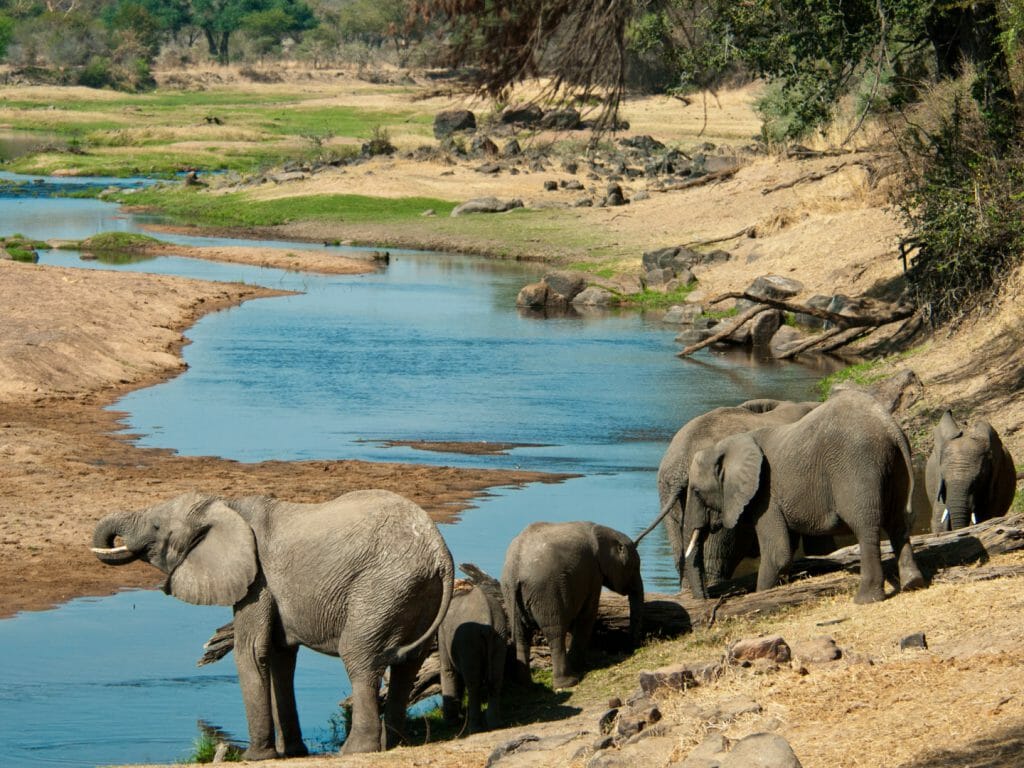This article is an excerpt from our new Traveller magazine – please get in touch with us to receive your free copy.
For years I have argued that tourism is in danger of becoming a victim of its own success, in a classic example of the tragedy of the commons. Namely, that tourism is not looking after the goose that lays the golden egg and is in danger of over-exploiting that which its success has been created upon – now many sites are welcoming more tourists in their retirement than they did in their prime.
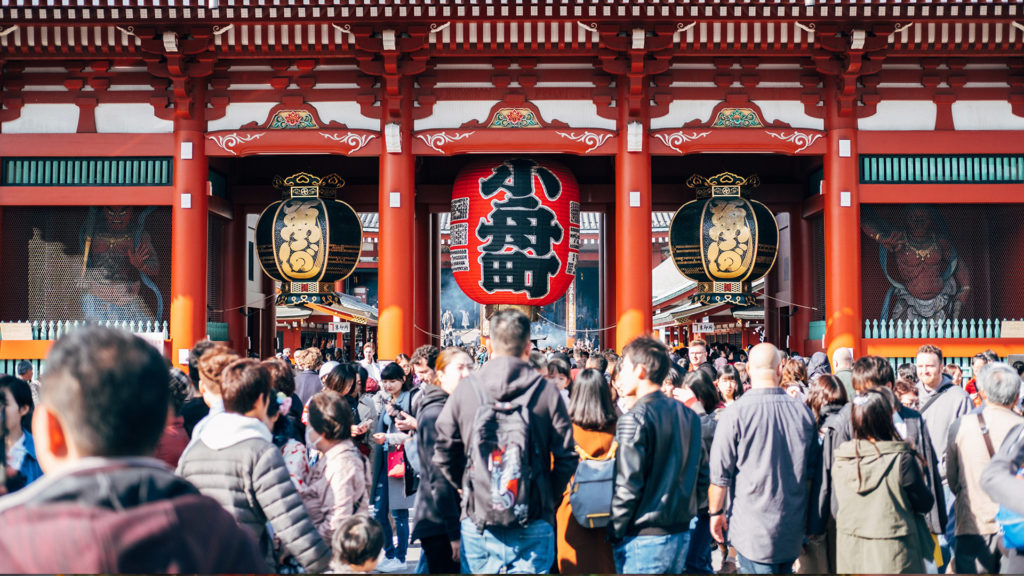
The emergence of the term ‘overtourism’ is thus not a new problem but rather a debate that has moved on and, at last, reached a wider audience.
What is the problem? On a very basic level, there are more tourists than ever before. The world is getting richer – with an ever-growing middle class emerging in developing countries – and many of these people are spending their disposable income on travel. In 2017, the number of international tourist arrivals grew to 1.3 billion, an increase of 7%. The UN World Tourism Organisation (UNWTO) forecasts that this will continue to grow in 2018, but at a more sustainable pace of 4-5%.
This is most notable in the Indian domestic and the Chinese markets. At the beginning of the twenty-first century, just 10.5 million overseas trips were made by Chinese residents; in 2017, the figure was 145 million – an increase of 1,380%. The China Outbound Tourism Research Institute (COTRI) predicts that overseas trips by the country’s residents will increase to more than 400 million by 2030.
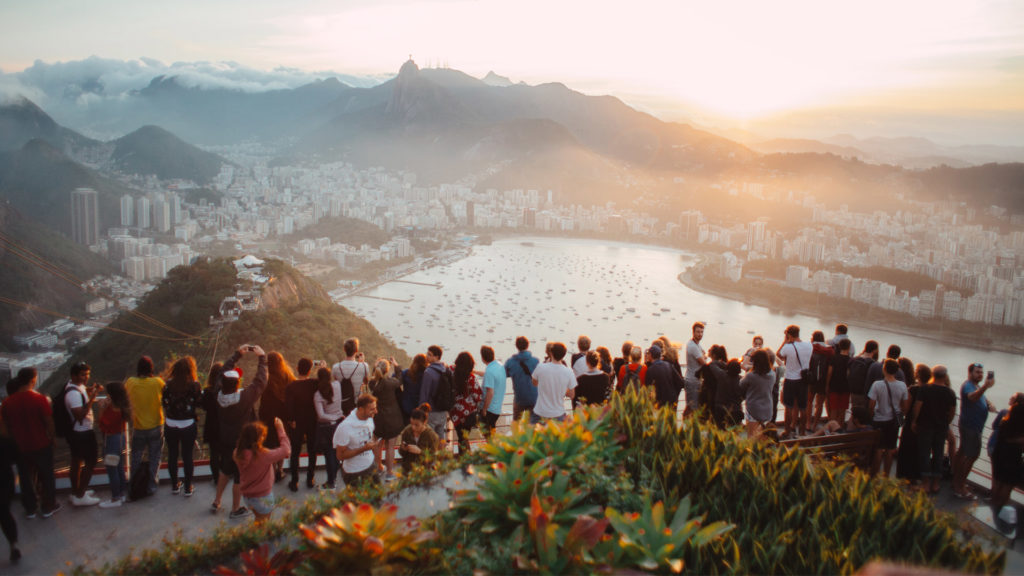
In short, overtourism occurs when there are too many visitors travelling to a particular destination. ‘Too many’ is a subjective term for which there is no benchmark or formula. ‘Too many’ is ultimately defined by the local residents and business owners in each destination. When locals are pushed out due to higher tourist prices, when landmarks are swamped by people, when wildlife is scared away and when fragile environments become degraded – these are all signs of overtourism.
What made the news in 2017 was the sudden backlash from local residents. The balance tipped and the local residents had had enough – there were marches and posters protesting against the plague of tourists. As a tour operator, we strive to ensure that our and your behaviour is as beneficial as possible to local residents.
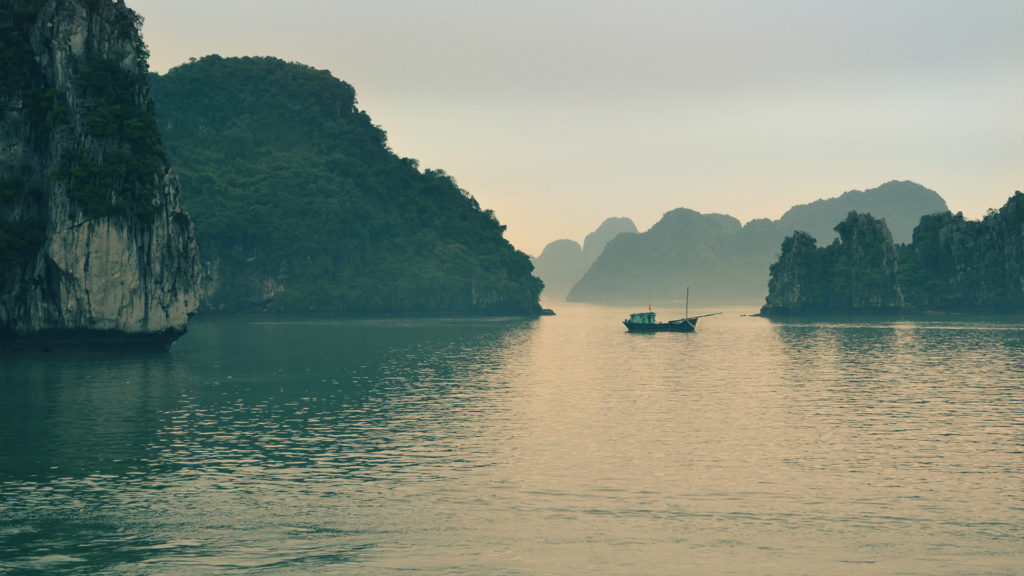
The travel industry like many others, focuses almost exclusively on growth, with little or no concern for the impacts. After decades of virtually uncontrolled growth, it has crossed a threshold: in many destinations, tourism now demonstrably creates more problems than benefits. It is time for change and Steppes Travel will campaign for quotas on fragile areas, such as Antarctica and the Galapagos, to name but a few.
More importantly for you, our clients, we will continue to avoid the crowds by not only taking you to such sites when they are less visited, but by offering the kind of on-the-ground expertise which will take you to places that the madding crowd do not reach. Expertise makes all the difference and enhances your experience.


